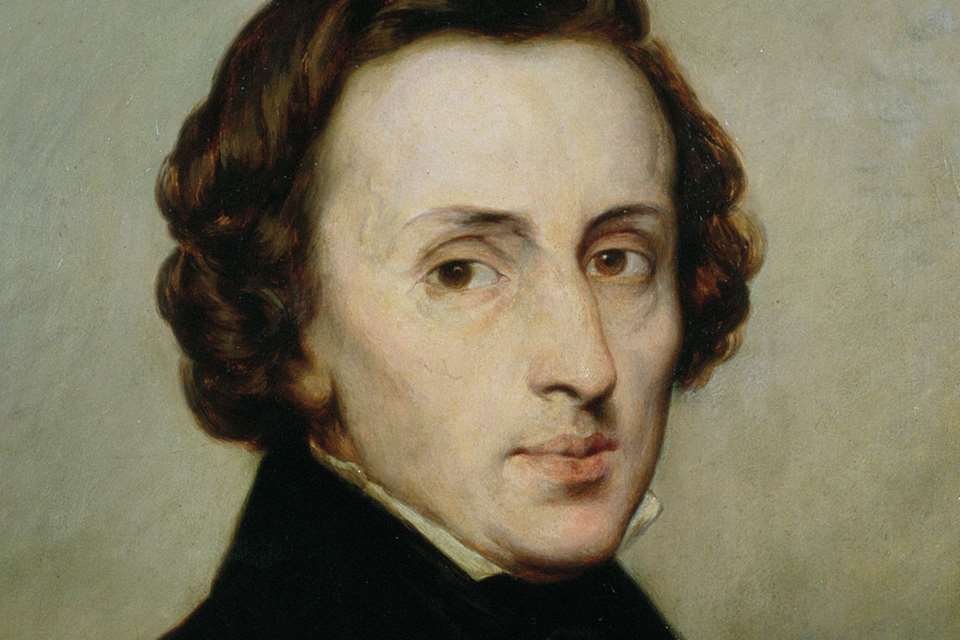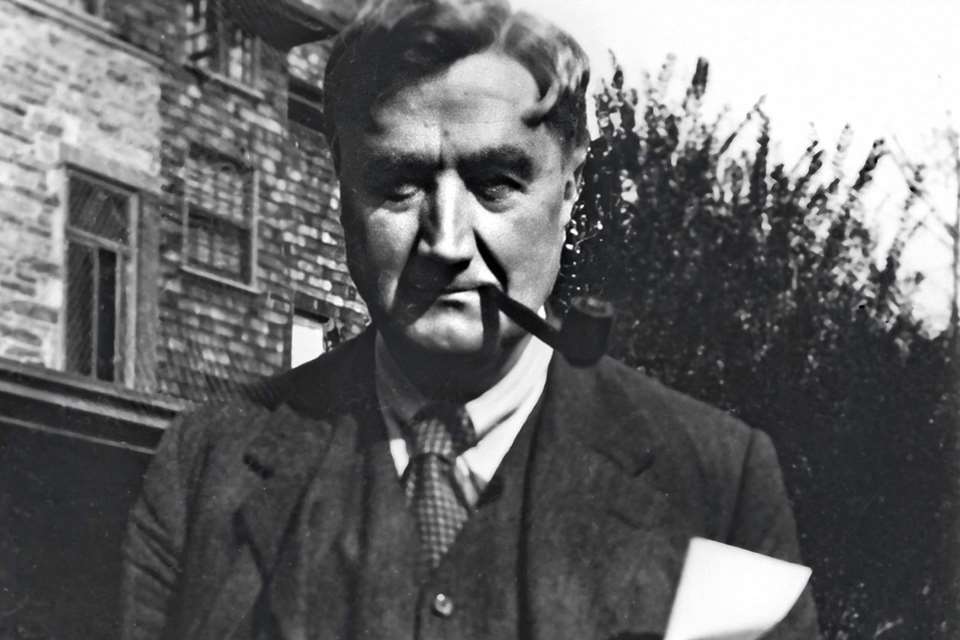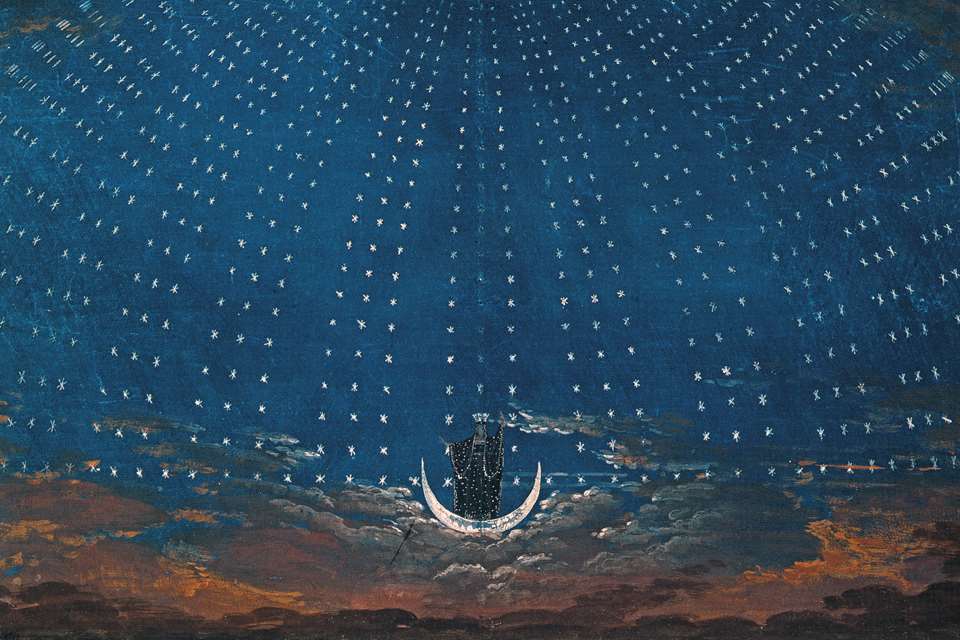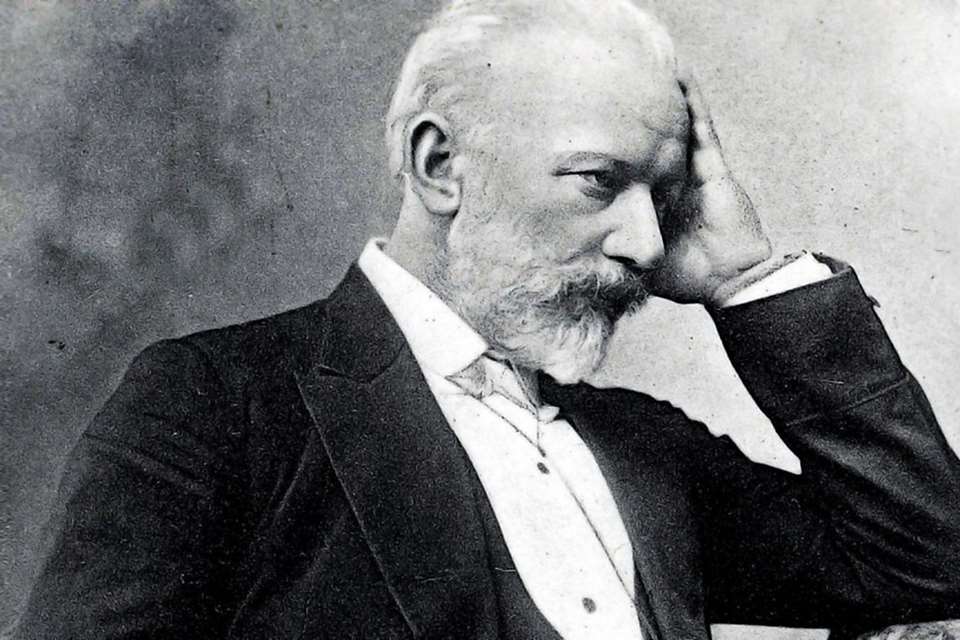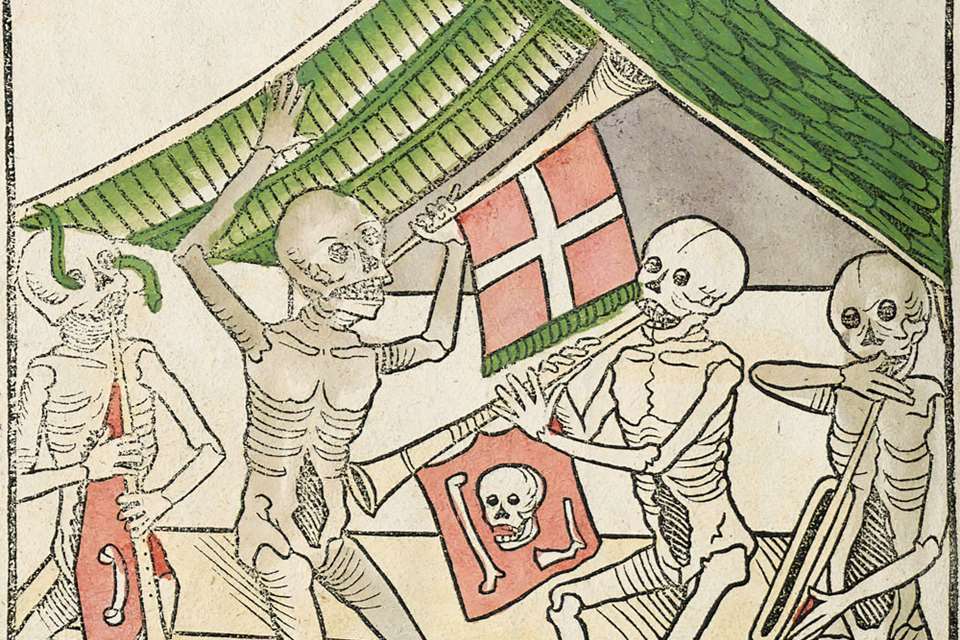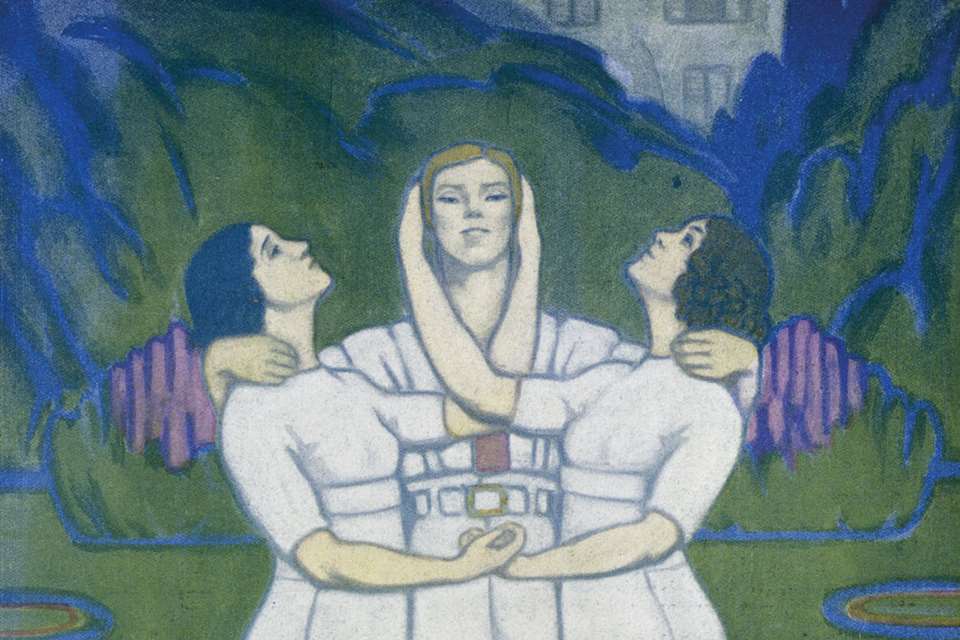Mussorgsky’s Pictures at an Exhibition (orch Ravel): a guide to the best recordings
Mark Pullinger
Wednesday, September 20, 2023
Ravel’s vivid orchestration of Mussorgsky’s gallery has long eclipsed the piano original in popularity. Mark Pullinger ranges across 10 decades in his search for the finest recording
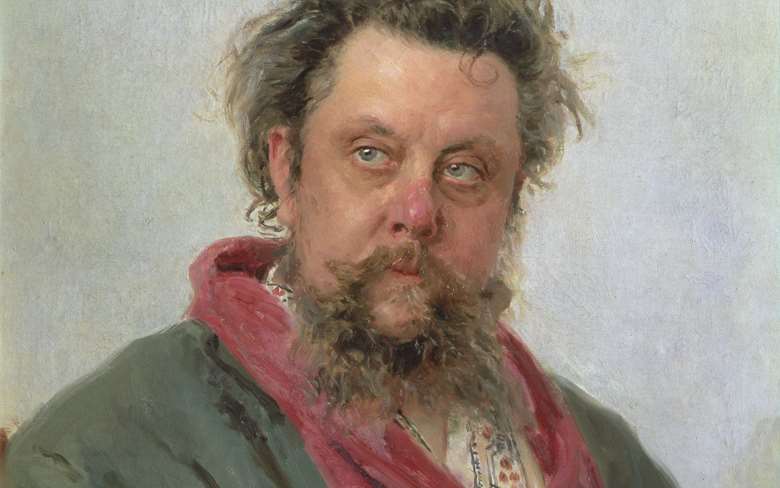
Register now to continue reading
Thanks for exploring the Gramophone website. Sign up for a free account today to enjoy the following benefits:
- Free access to 3 subscriber-only articles per month
- Unlimited access to our news, podcasts and awards pages
- Free weekly email newsletter




